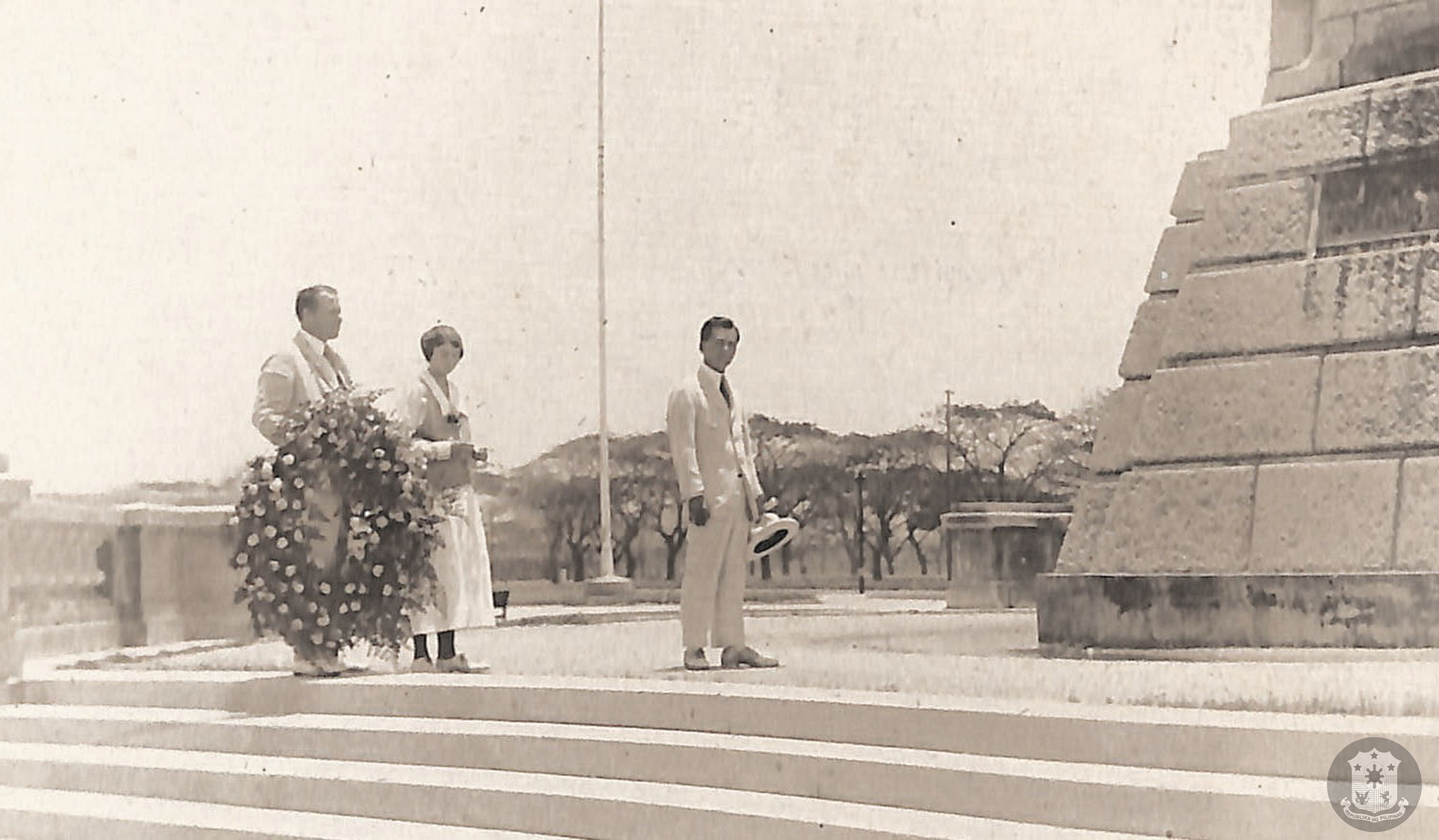Also known as Manuel Luis Quezon Molina, the Philippines first president was born Manuel Quezon y Molina on August 19, 1878, to Maria Molina and Lucio Quezon, who were both schoolteachers. The couple taught in Baler, Tayabas found in the Quezon Province, of Luzon.
Manuel would later add the name Antonio to his name after a benefactor who fed and housed him when he was still struggling and could not take care of himself. Not many people would remember to honor their benefactors that way and forget the minute they make it in life, unlike Manuel.
Educational background of Manuel Quezon
Manuel had the best education that prepared him for national leadership. He went to school at the San Juan de Letran College. Thereafter, he joined the University of Santo Tomás as a lecturer.
At school, his teachers described him to be bright but lazy, attributes that most people presently can remember their teachers later surrendered associating with them and that makes them laugh fondly remembering their school days.
While at the University, he chose to study law; though, his studies were distracted by the Spanish-American war. In 1899, he cut short his studies to fight for independence against the United States in a struggle led by Emili later surrendered in 1901, causing Quezon to go back to the University to obtain his law degree in 1903.
Manuel established a law firm in his hometown of Tayabas where he made an income of $500 per month. He was not an ordinary lawyer, as he decided to run his trade much like Robinhood. He charged the rich exorbitantly for his services while the poor benefited from his services pro bono. Good luck finding such a lawyer in our times!
In a baffling move, he left his law firm to go and become a prosecutor, a job that earned him $75 per month. Again, that is not what your everyday lawyer would do. But we have already established that he was no ordinary person. His benevolence made him popular across The Philippines.
Quezon moves into the political arena
His journey to becoming president of The Philippines started when he ran for governor of his home province of Tayabas. By this time, his conviction was that his county could only gain independence by cooperating with the United States.
Quezon went on to become a representative to the Philippine Assembly. The 1909 appointment as a resident commissioner for the Philippines gave him speaking privileges, but still denied him voting rights in the United States House of Representatives.
Quezon was instrumental in the approval and adoption of the Jones Act. In 1916 that pledged independence for his country without a particular date of implementation. Manuel later resigned as commissioner that year and headed back to the Philippines. He went on to clinch a seat in the new Philippine Senate, where he served as its president until 1935.
He is not just an ordinary leader, this is why he is referred to as the people’s president. The diligent leader fought for the Nacionalista Party and went on to fight for the Tydings-McDuffie Act (1934) which gave his country independence. He became the first Commonwealth’s president on September 17, 1935.
Quezon hit the ground running reorganizing the military defense of the island, tackled the problem of the landless peasants in his country, saw to the development and settlement of the southern island of Mindanao. He also diligently fought corruption and graft in his government.
Manuel Quezon: traits and accomplishments outside of politics
Unknown to many people, Quezon had other talents apart from his academic and professional brilliance. For instance, he was a gifted card player and gained notoriety due to his poker skills. He also learned and started playing bridge, which became his best hobby.
Quezon loved stylish clothes, and unlike most people who have to depend on designers for the ideal attire, he made his clothes that used to turn heads. Music was his forte as well, as he was a gifted pianist. One of his notable achievements in this field was teaching the trans-Atlantic ship orchestra the way to play the national anthem of his country.
The people of the Philippines re-elected Quezon in 1941. The invasion of Japan in 1942 had him leave for the United States. While in exile in the USA, he served on the Pacific War Council. As a member of the council, he went on to sign the United Nations Declaration against Fascist Nations. He also wrote his biography, ‘The Good Fight’ in 1946. He never saw the establishment of the complete Philippine independence, as he died of tuberculosis.
